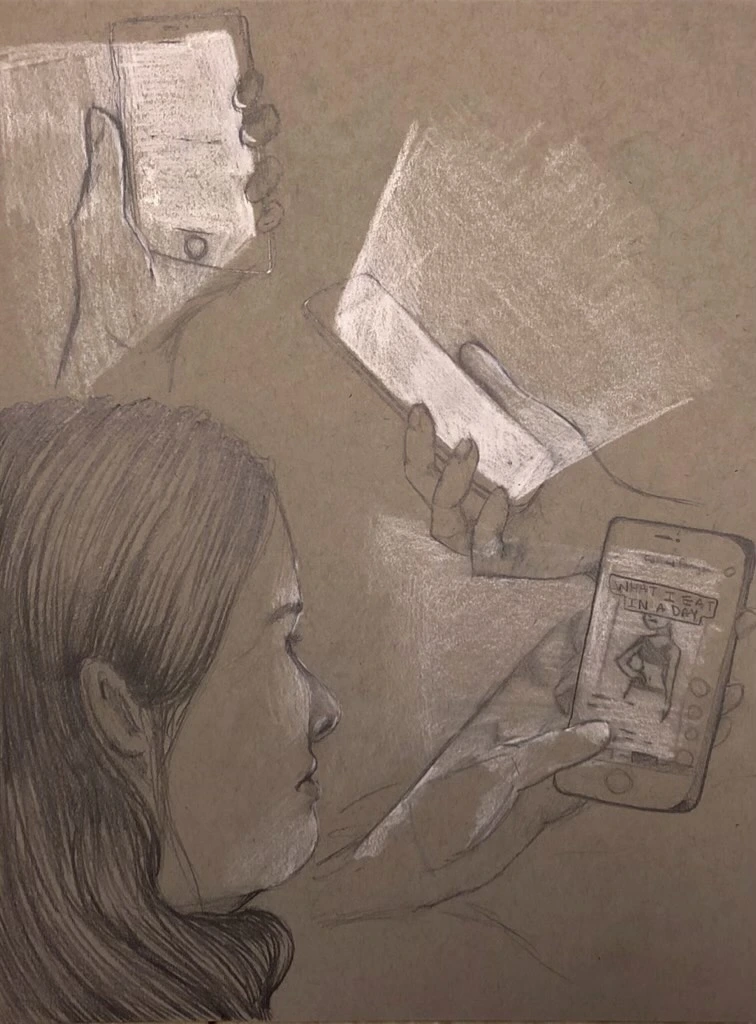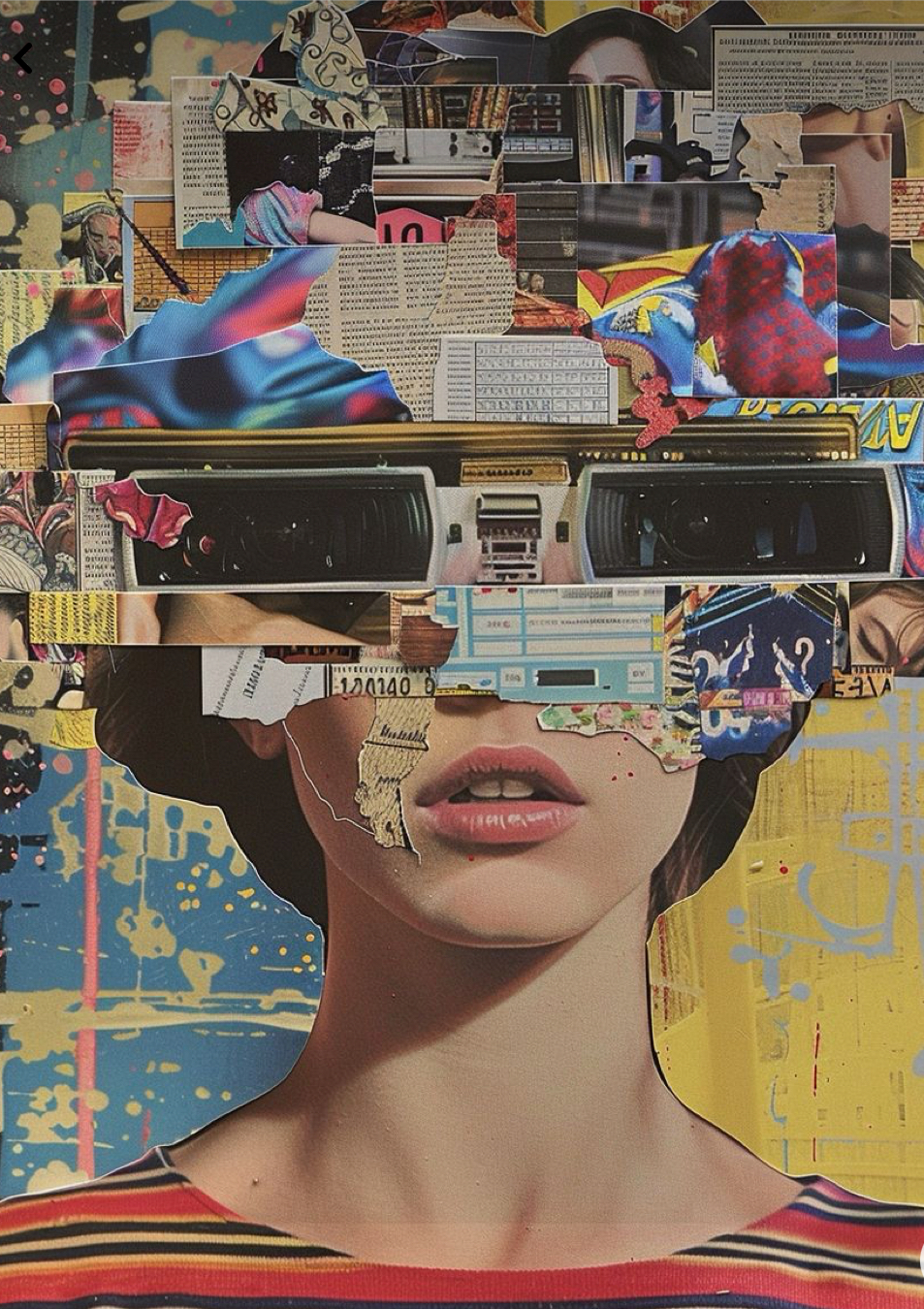Lilit Chilingaryan (11) | STAFF REPORTER
Society has yet to accurately portray mental health and mental illness, especially through the media, where such topics often become distorted and misrepresented. Though many might say that the media has been a catalyst for creating awareness regarding mental illness and its role in society, it has also greatly subdued this positive aspect by insinuating another altogether unhealthy perspective. Over the years, the content on the media has become quite negative; in the case of this topic, for example, there has been the glorification of mental illness, a subject that is rather endorsed than acknowledged.
In the past, mental illness had been associated with a lot of stigma and reproach, possessing a negative connotation that alienated many people who had been, in this way, misrepresented. However, the modern-day representation is also quite misleading, detrimental, and far-reaching in its repercussions as it associates mental illness with a sense of appeal. Through movies, TV shows, and social media platforms, mental illness and feelings associated with it have been romanticized; they have been misrepresented by those who do not actually understand what it is like to live with such conditions.
A prime example of this glorification is in the Netflix series 13 Reasons Why. The show goes through the life of young Hannah Baker and the events and aspects that contributed to her suicide, such as the bullying she faced. Hannah’s death and her motives are not what primarily contributed to the heightened idea of suicide but rather what happened afterwards. Through her death, Hannah was able to blame the people responsible for her suicide and thus accomplish redemption. It has been criticized and noted even in an academic context: “This message that she was originally powerless to stop her bullies, but gained power through suicide, is a dangerous one” (Shrestha, Anima). Thus, it associates such a drastic, dangerous action and mental agony to power, and yet its effects may be disregarded under the guise of “mental awareness,” which it does a poor job of doing considering this.
Another major source of such ideologies is Tumblr, a social media platform where users can post content in blogs that appeal to certain topics and groups. Known for the anonymity of its users and its amplification of the ‘echo chamber’ effect, Tumblr has fostered false conceptions of mental illnesses by romanticizing them. Backdropped against aesthetically pleasing photos that showcase feelings of melancholy or loneliness, short blurbs of endorsement compare these sad sentiments to values of beauty, creativity, purity, ethereality, etc.
This last value especially paints a picture of a ‘fallen hero.’ Those who have not truly gone through any struggles try to claim that title by affiliating with mental illnesses, as if to justify a feeling of worth as a ‘hero.’ In addition, such depictions make mental illness seem like a demeanor that someone can put on whenever they want rather than a real struggle that no one who has it would ever ask for.
Such repercussions are amplified with the ‘echo chamber’ effect, which is ubiquitous in all of social media, especially Tumblr. When one is surrounded by like-minded individuals and exposed to specific, congruous opinions and content, it creates the illusion that such perspectives are much more popular than they really are. People’s worldview goes uncontested as there is the constant reaffirmation of agreement and, in this case, negativity. When one is surrounded by individuals who express such negative sentiments, they, too, are likely to emulate them: this is called the emotional contagion and, due to this, echo chambers have severe effects not on only what a person considers to be the standard but on what they want to feel and believe as well.
As said, the effects extend not only to those being allured by this portrayal but also to those who are affected by mental struggles, most of whom likely wouldn’t romanticize it. It may no longer seem like a real problem to them because it’s so normalized. And to outsiders, like psychiatrists, it is difficult to differentiate the real condition from that of others, especially amidst a rise in self-diagnoses by those who are not actually affected.
What is interesting to also note is the history of such a perspective. One of the factors that led to the general association between mental illness and appealing values is the creation and acclamation of the ‘byronic hero,’ an archetype rooted in Lord Byron’s protagonists who possess unconventional traits and attempt to follow the good. Such figures are evident in modern-day characters, such as Edward Cullen from Twilight: he depicts the distanced, troubled, and hauntingly intriguing character whose motives and thought processes are a tad dark but who is, at the same time, intelligent and beautiful. The link between having such a persona and possessing desirable qualities is assumed to be a direct correlation by many people, again creating unhealthy ideals and associations which cause them to want to embody such characters.
The purpose of this article is not to advocate that mental illness is fabricated by the media, but rather, to do the opposite — to show that it is a real problem that is being misrepresented through its glorification. Youth nowadays are especially vulnerable to adopting this perspective, as we make up many of the social media users and may not realize that there is a difference between mental health awareness and glorification. But in order to properly portray and discuss such topics, the media’s influence and intervention must be considered and advocated against, for the sake of everyone.
This article was written in March 2024.


